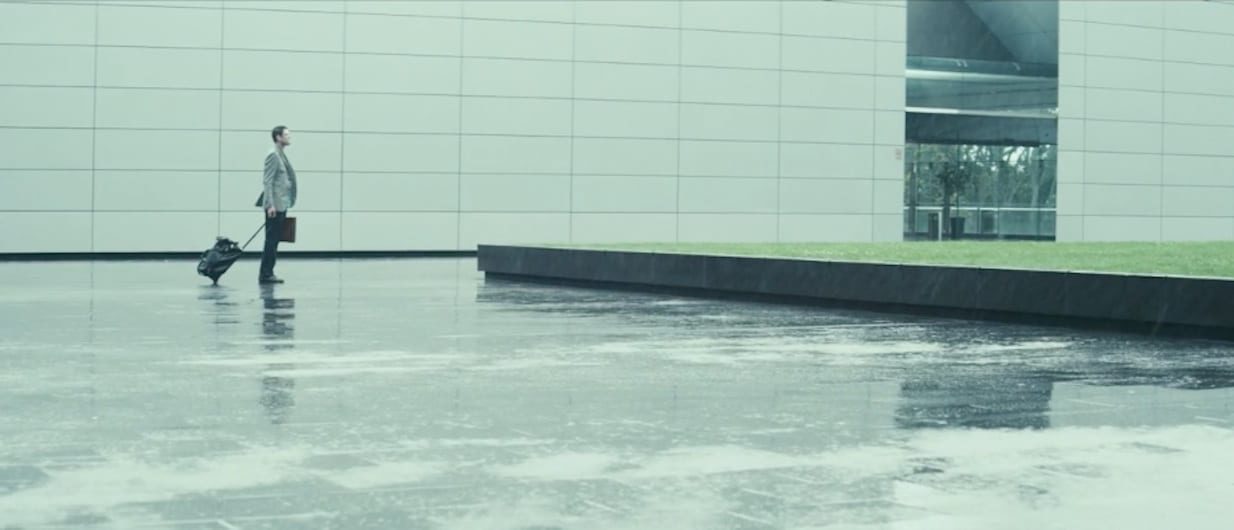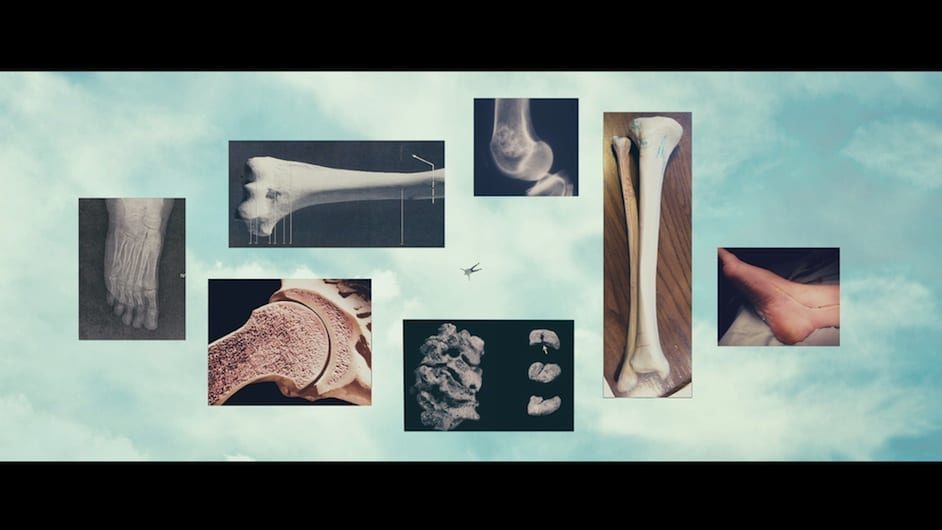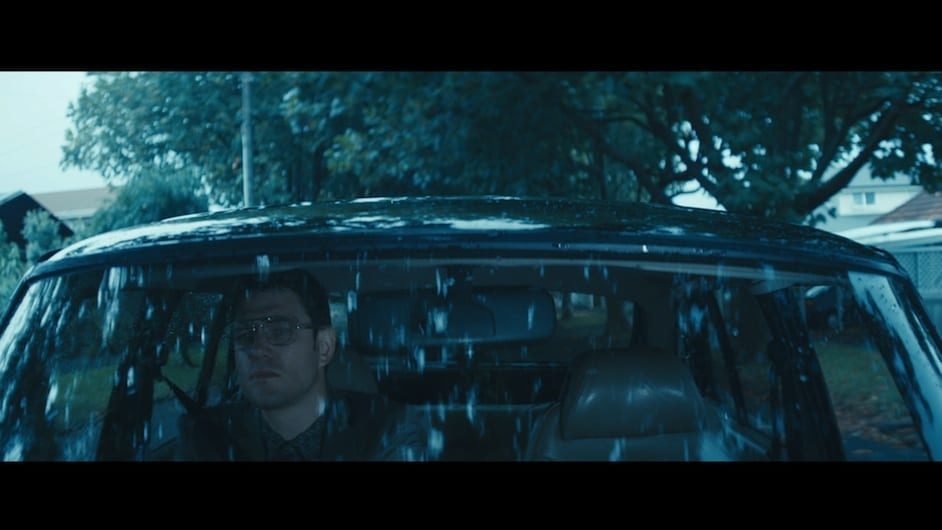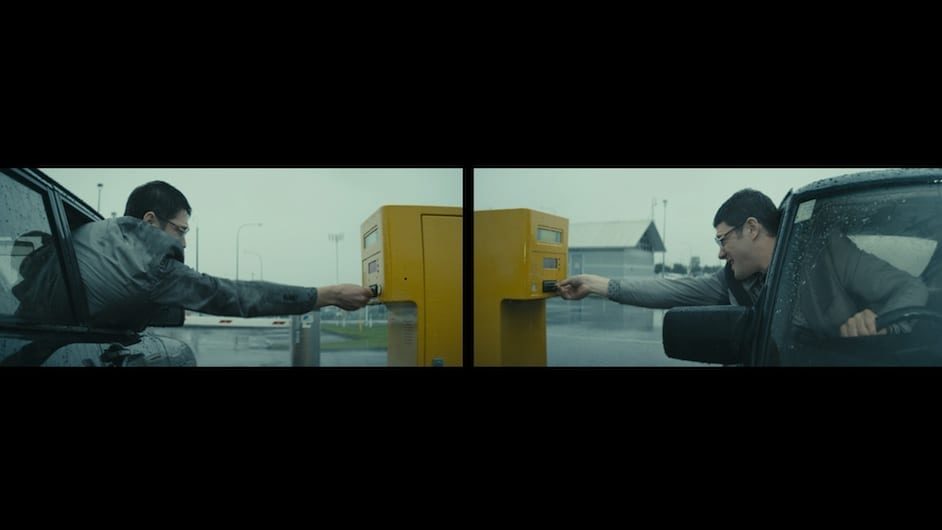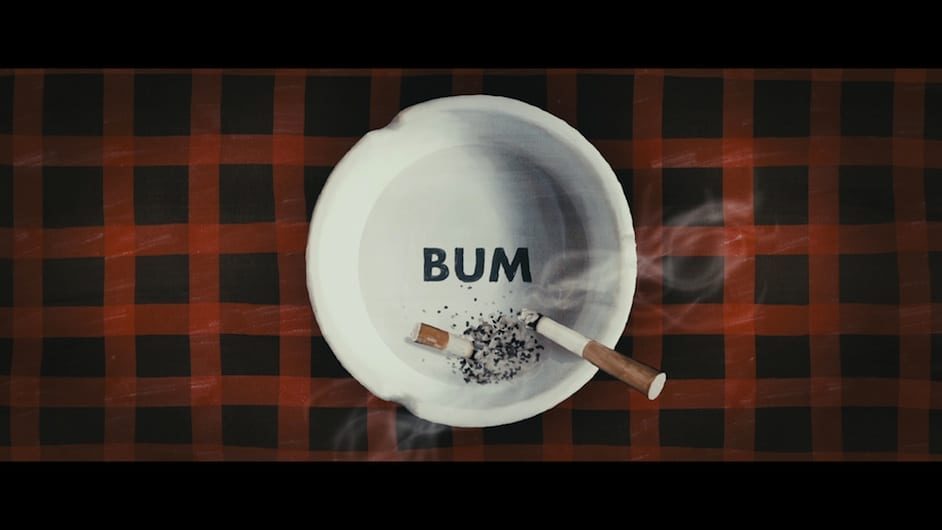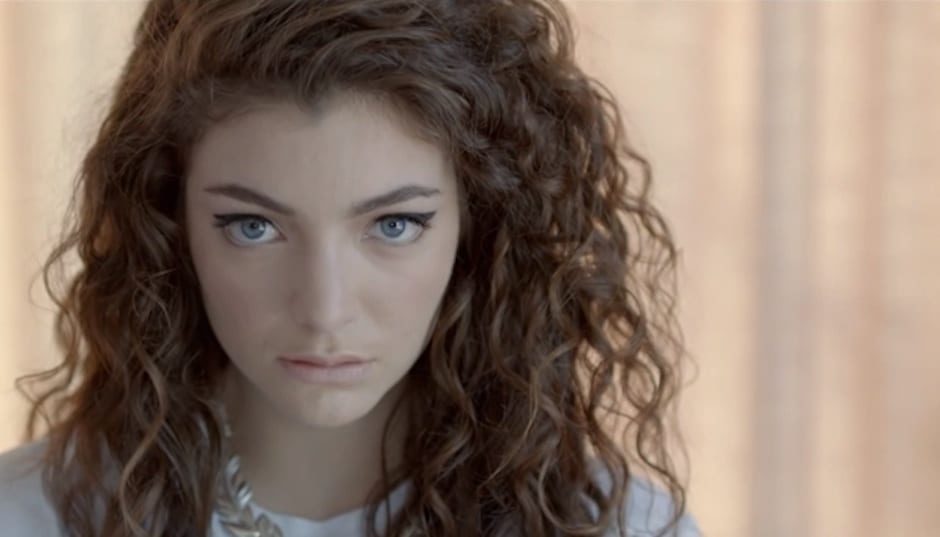The composition in each frame is really memorable throughout the film, did you storyboard in detail?
Ha, that’s actually funny. I’m not a big fan of the storyboard concept (which makes agencies crazy!). I scribbled a few things down the day before shooting but basically turned up and wandered around with my phone, framing up shots for the DOP to refine.
How did you collaborate with the writer on the project? Did he simply hand over the script and you drew up a treatment?
He was a friend who told me the idea and I said, ‘go write it and I’ll make it’. The script came in essentially as a monologue and I free formed the scenes over top. I wanted the visual element to be a stream of various images and thoughts rather than a traditional, more linear storytelling approach.
What were the main challenges of the production and how did you resolve them?
As I had 100% creative control over it, the challenges around making something like this are pretty superficial (i.e. can we afford a steady cam? Can we secure that location, etc etc). The only real challenges come when you have no power to make instinctive decisions. Power struggles are the greatest threat to a compelling creative result (which is why making a (good) commercial via an agency has to be one of the most challenging ventures around).
It was so good to finally make something that had zero agenda in terms of ‘selling-shit-to-people’. Whether that’s a music video, a commercially funded short film or a straight up television commercial, the underlying notion of marketing content will always cast something of a long shadow over the work. I know it’s unfashionable, but I still think people really respond meaningfully when they know that what they’re watching or hearing is formed from love rather than want.
LINKS:
